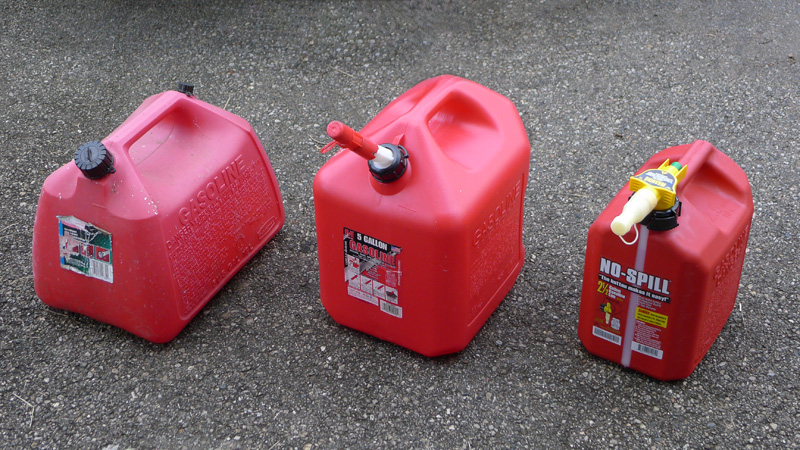What size wire for 15 amps?
This entry was updated on December 14, 2023 by Kevin Pommells
WHICH SIZE WIRE FOR A 15-AMP CIRCUIT
To safely use a maximum current of 15 amps, you will need a wire gauge of 14. A 12 gauge wire is a safer bet, but a 14 gauge wire will work just fine.
12-Gauge Vs 14-Gauge Wire
The main difference between these two types of wires is the thickness of each wire. In general, 14-guage wires are thinner than 12-gauge wires and for this reason are used for carrying less current. This means that they can handle less electrical power/amperage (amps).
15 amp breaker wire size
A 15 amp breaker requires wire size of 12 gauge. If you are in the market for one, i would suggest this 15 amp breaker.
15 Amp Outlet VS. 20 Amp Outlet
When comparing a 15-amp outlet to a 20-amp outlet, the main difference lies in their design, specifically the shape of the slots. A 20-amp outlet typically has one slot turned sideways or in a T-shape, distinguishing it from a 15-amp outlet.
It's allowed to use a 15-amp outlet in a 20-amp circuit, as per NEC 210.21(B)(3), especially if there are multiple outlets in the circuit. However, for a single receptacle on an individual branch circuit, its ampere rating should match that of the branch circuit. Yet, when multiple receptacles are on a higher-rated branch circuit, using 15-amp receptacles on a 20-amp branch circuit is permissible.
Keep in mind that each 15-amp outlet is designed to handle a maximum load of 15 amps. Plugging devices that draw too much current into a 15-amp receptacle could lead to overheating.
| 3% Max Voltage Drop, 120 Volt, Conductor size (AWG) Single Phase (Copper) |
||||||
|---|---|---|---|---|---|---|
| Distance of Run | ||||||
| 25' | 50' | 100' | 150' | 200' | Amperage | |
| Copper | 3/0 | 3/0 | 3/0 | 300 MCM | 500 MCM | 200 AMP |
| Copper | 1 | 1 | 1 | 2/0 | 4/0 | 100 AMP |
| Copper | 10 | 10 | 6 | 4 | 4 | 30 AMP |
| Copper | 14 | 12 | 10 | 8 | 6 | 15 AMP |
| Copper | 12 | 12 | 8 | 6 | 4 | 20 AMP |
What Can You Run On A 15 Amp Circuit Breaker?
Let's explore the applications of a 15-amp circuit breaker. Whether it's a dedicated or shared circuit, a 15-amp breaker typically handles 1800 to 2000 watts. However, there's a crucial rule to follow – the 80 percent NEC rule. Load the circuit to a maximum of 80 percent of its capacity, so for a 15-amp circuit, aim for 1600 amps or less.
On a 15-amp circuit, you can connect up to 8 outlets, ensuring their total load doesn't exceed 1600 amps. Now, let's delve into specific appliances suitable for a 15-amp circuit:
Appliances Requiring a Dedicated 15-Amp Circuit:
- Microwaves: Perfect for smaller countertop models.
- Garbage disposals.
- A 120V outlet for the timer of a gas stove.
- Small-window air conditioners or portable units.
Appliances Sharing a 15-Amp Circuit:
- Small kitchen appliances like coffee makers, toasters, blenders, and food processors.
- Electronics such as television sets, desktops, printers, and gaming consoles.
- Personal care devices like hair dryers, curling irons, and electric razors. While hair dryers can draw significant power, they're acceptable for 15-amp circuits since they're used for short durations.
Conclusion
This article has gone over all you need to know about the wire size needed for 15 amps. The main thing to remember is that different wire sizes have different ampacities, and you'll need to know whether or not it's OK for your project. If in doubt, play it safe and go with a larger size wire. I hope you found this article useful. Feel free to bookmark it, and check out some of my other articles.

